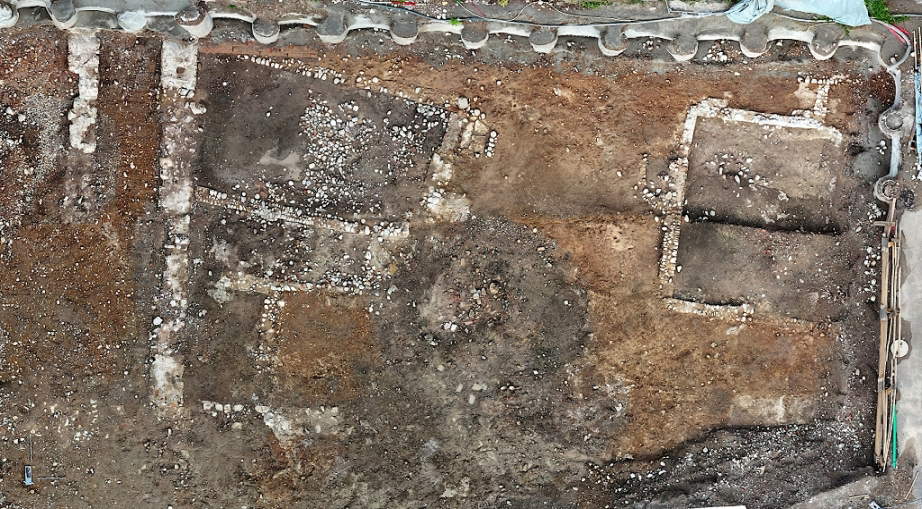In Germany, archaeological excavations conducted in the area earmarked for the construction of the new Oberfinanzschule (School of Economics) in Freiburg have uncovered an unexpected and historically interesting discovery: a medieval kiln used for the production of clay toys. The School, which will be built north of the historic center, will also include an underground parking lot and occupy an area of about 4,000 square meters, in the area historically known as Neuburg, the first medieval expansion of the city founded in 1240 and demolished in 1677 during the construction of the fortress. The excavation work, which began at the end of March 2025, falls under the category of preventive archaeology excavations, conducted under the supervision of the Baden-Württemberg Regional Office for the Preservation of Monuments (LAD) at the Stuttgart Regional Council. These interventions are designed to safeguard archaeological finds before major construction projects, such as the new school, and provide essential information about the city’s urban history.
According to Bertram Jenisch, archaeologist in charge of the LAD, the site largely preserves the stratification of the early 13th century, despite the construction of the university hospital, which was destroyed during World War II. One of the most significant discoveries concerns the Ziegelgasse, a medieval street whose original location has remained largely intact. Along the Ziegelgasse are stone buildings with cellars belonging to families of craftsmen, whose dwellings differ significantly from the types found in the old town: simpler, without two-story cellars and designed to meet the daily needs of the residents.
Findings testify to the systematic planning of Neuburg, carried out shortly after 1240 under Count Conrad of Freiburg. The road network was created first, followed by the construction of a continuous wall that bordered a kind of commercial zone. The space between road and wall was subdivided and enlarged by residents to accommodate commercial buildings and furnaces, probably for fire safety reasons, considering the proximity between the structures.

The most fascinating discovery, however, concerns the furnaces themselves. For the first time in rescue excavations conducted in Freiburg, kilns dedicated to the production of locally used pottery dating back to the 13th and 14th centuries have been identified. Among these finds, one in particular caught the attention of archaeologists: a kiln used by a craftsman who specialized in making clay toys. Numerous fragments of small figurines were unearthed, depicting female figures with headdresses, men with hats and animals, offering a rare insight into the craft production and daily life of the time.
This discovery not only enriches knowledge of medieval life in Freiburg, but also provides a better understanding of the social and economic dynamics of the city in medieval times. The presence of a craftsman specializing in toy production indicates a demand for leisure goods and suggests an active local market, with consumers able to purchase items not strictly necessary for daily survival. Excavations will end in early October and may hold more surprises. The data collected will contribute not only to our understanding of the urban layout of Neuburg, but also to our knowledge of craft production, housing and economic activities in medieval Freiburg.
 |
| Freiburg, medieval toy factory discovered during archaeological excavations |
Warning: the translation into English of the original Italian article was created using automatic tools. We undertake to review all articles, but we do not guarantee the total absence of inaccuracies in the translation due to the program. You can find the original by clicking on the ITA button. If you find any mistake,please contact us.